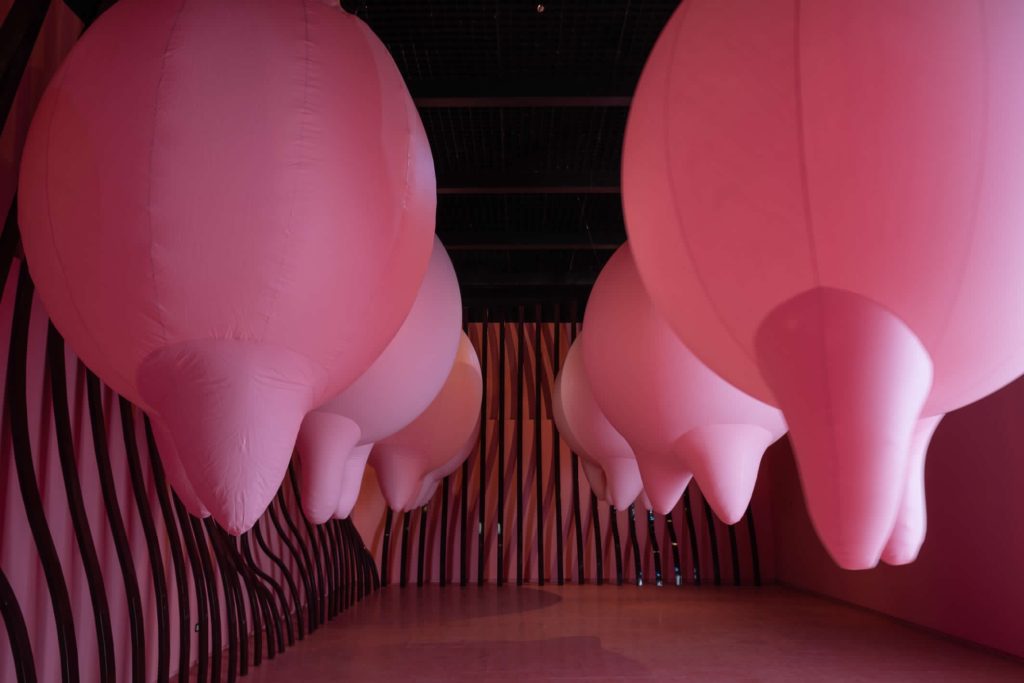The path of this Biennale focused on the role of women as generators of life and art, and more generally of minorities, are shown under different ideas and forms, fully embracing the role of the arts.
Compared to the criticisms that have emerged, the design curated by Cecilia Alemani for this long-awaited Biennale is an international discourse that brings to the centre artists of great depth.
We would have written pages and pages, perhaps risking to bore you, but below, are some of the artists who have struck us.
Igshaan Adams, a South African artist, presents himself at the Biennale with a tapestry, a means that he wisely uses, in which he weaves beads, shells and other objects, discussing the theme of gaps, that is, those spaces that in the restoration indicate the fall of colour from the painting, but who in this case take it upon themselves to show an external or internal void that is absent, neglected or made invisible.
One of the curators who brought it to the fore is Hendrik Folkerts, who handled the exhibitions at the Art Institute of Chicago. Igshaar has several galleries and institutions behind it, including the Kunsthalle in Zurich, the expert eye of Massimo Minini, and many other supporters.
Other artists who deserve to be mentioned among the many notable ones of this Biennale are Gabriel Chaile and Ali Cherri.
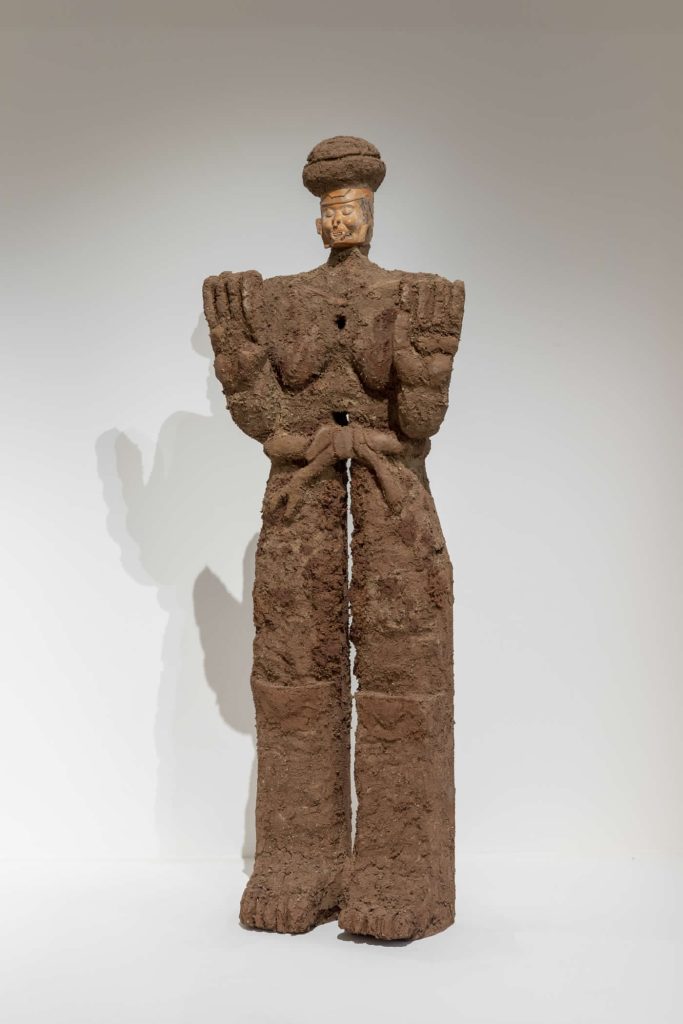
The Argentine artist, Gabriel Chaile, brings to the Biennale, five large terracotta sculptures that take their cue from indigenous pre-Columbian vases and symbolize his family members. The artist with these large sculptures tries to tell the story of Mesoamerican civilization and geopolitical history, in which Chaile, fascinated by natural materials such as mud or metal, tries to share his family memories as cultural memory, playing a fundamental role both in colonizing societies than in colonized ones. The rhetoric expounded by colonizing cultures on identity and nationality enhances some aspects of the past. In this case, the artist creates clay sculptures that act as both a portrait and a wood-burning oven to serve the empanadas, bringing back the importance of rituals and giving them a new life.
This artist also comes from important exhibitions, the latest at the New Museum in New York and Art Basel Cities.
An artist awarded with special mentions at the 2022 Art Biennale, Ali Cherri, Lebanese, has exhibited in the most important art venues in the world, including the Guggenheim in New York and the National Gallery in London. His films are screened at the MoMa and at the Center Pompidou in Paris.
Even this artist, we can say a great artist, through his work creates a bridge between past and present, between Lebanese culture, in general, Middle Eastern culture and the current visual and cinematographic one, leading us in a dream guided on the one hand towards a “primitive” exploration “Of the forms and on the other, in the dream harvest itself.
Ali Cherri presents Titans, three “monstrous divinities” created from mud, recalling the Assyrian Lamassu or other ancestral, atavistic reminiscences common to different cultures.
Continuing the path started by Adams, Chaile and Cherri, we meet the winner of this Biennale, Simone Leigh. Like the other artists, she too comes from a well-established background. Indeed, Leigh has exhibited at the Whitney Museum of America, Tate Gallery in London, at the Guggenheim in New York. She also won the Hugo Boss Prize. Her work also takes up ethnographic research, which has its roots in a painful past made up of exploitation and violence. With these large sculptures, Simone Leigh redeems the role of woman, bringing up the subjectivity of the black woman, self-determination, the feminist perception of beauty, the role of the physical body in communities and the representation of race. Simone Leigh is represented by the Institute of Contemporary Art of Boston in collaboration with the Bureau of Educational and Cultural Affairs of the United States Department of State, she is part of the Peggy Guggenheim Collection.
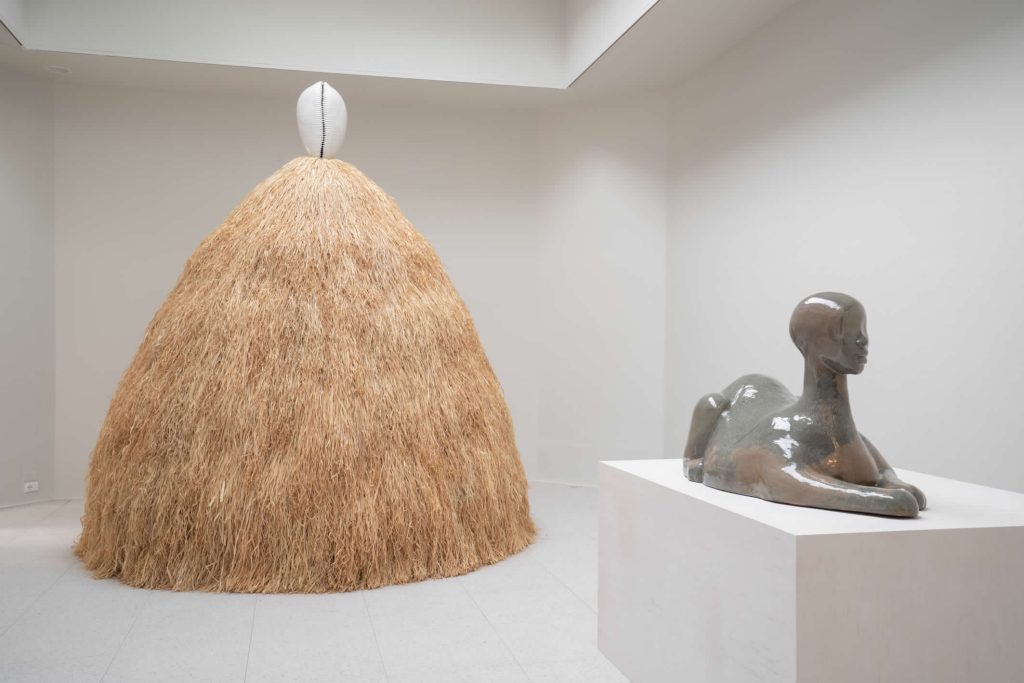
Other British Afro-Caribbean artist, Sonia Boyce, certainly doesn’t fall from the clouds, but she arrives at the Biennale straight from the Royal Academy. Boyce’s early work addressed issues of race and gender in the media and in everyday life. She is represented in the permanent collections of Arts Council England and the Tate Modern, London. In 2007, Boyce received an MBE on the Queen’s Birthday Honors List for services to the arts. Boyce received the Golden Lion for bringing an intangible heritage, such as singing, often underestimated as an artistic instrument, but which instead offers another reading of sound at a time when breathing and breathing were at the centre.
From ethnoanthropology we pass to the world of cinema tout court, with Zineb Sedira, in which Dreams have no title, in the French Pavilion, dreams take on the guise of a real film set. The artist cites several films, including Orson Welles’ F for Fake, “this film is about deception” the artist claims “With this in mind, Zineb Sedira also highlights the story of her own life, that of her family and his community ”by directly narrating to the viewer different stories regarding true but false scenes, linking himself to the relationship between truth and art and asking himself about different issues, first of all, who writes the story and for whom?
Furthermore, the artist wants to show an immersive work that helps the memory to remove the deep antagonisms between the two countries, France and Algeria. A return trip that allows you to listen to each other’s truths and perhaps crumble resentments for future generations. On March 18, 1962, the Evian agreements put an end to the Algerian war and sanctioned the independence of the North African country. His contribution, therefore, acts as a warning against the failure of a promise of emancipation which, for many people, remains an unfulfilled Dream without a title. The last artist of this journey, but not least, is Janis Rafailidou (abbreviated Rafa), an Athenian artist, who at the Biennale presents a work of 2020, entitled Lacerate, in which he blends realistic elements with a dreamlike and symbolic dimension, involuntarily including meanings and signifiers of classical Greek culture.

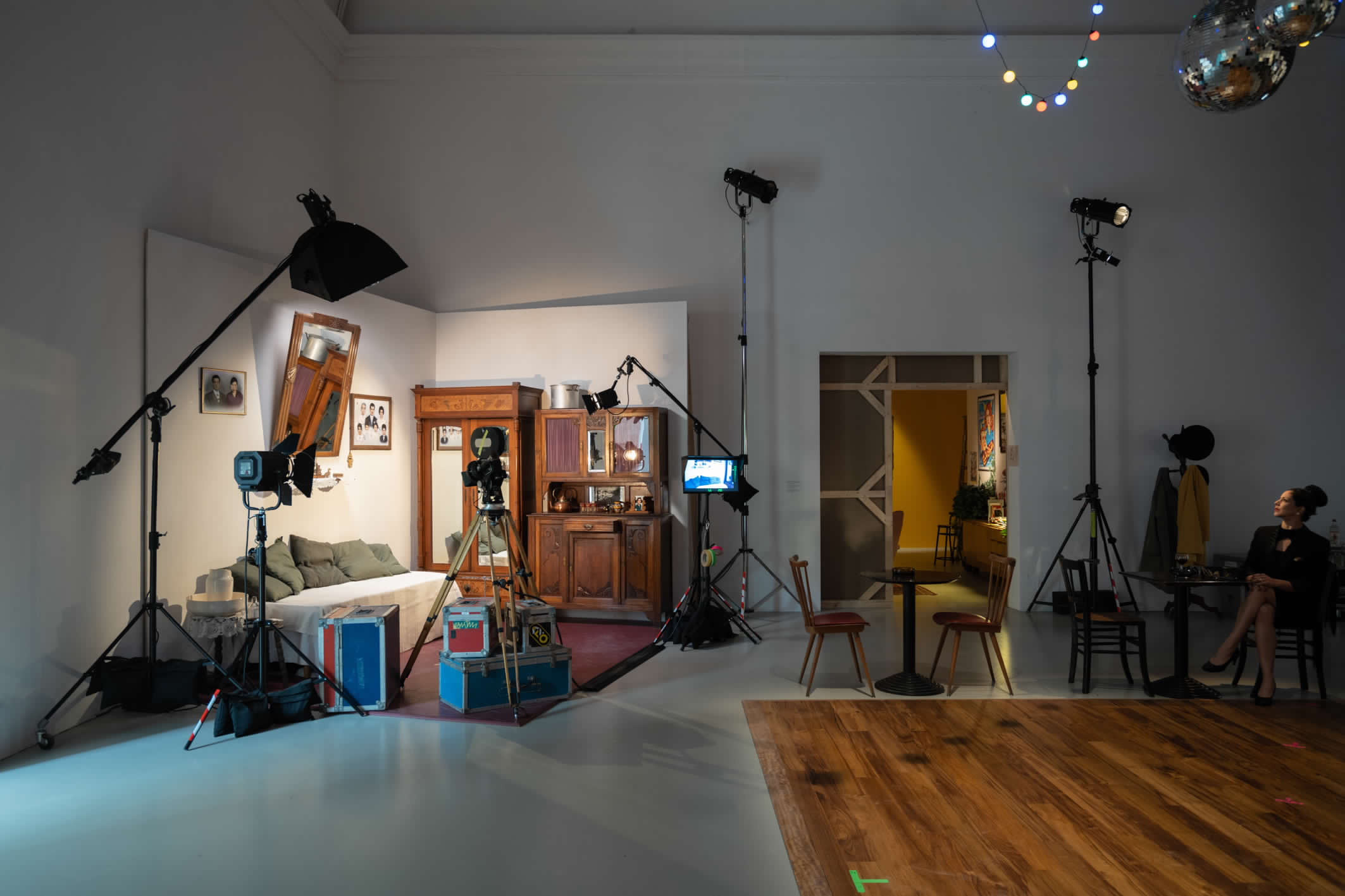
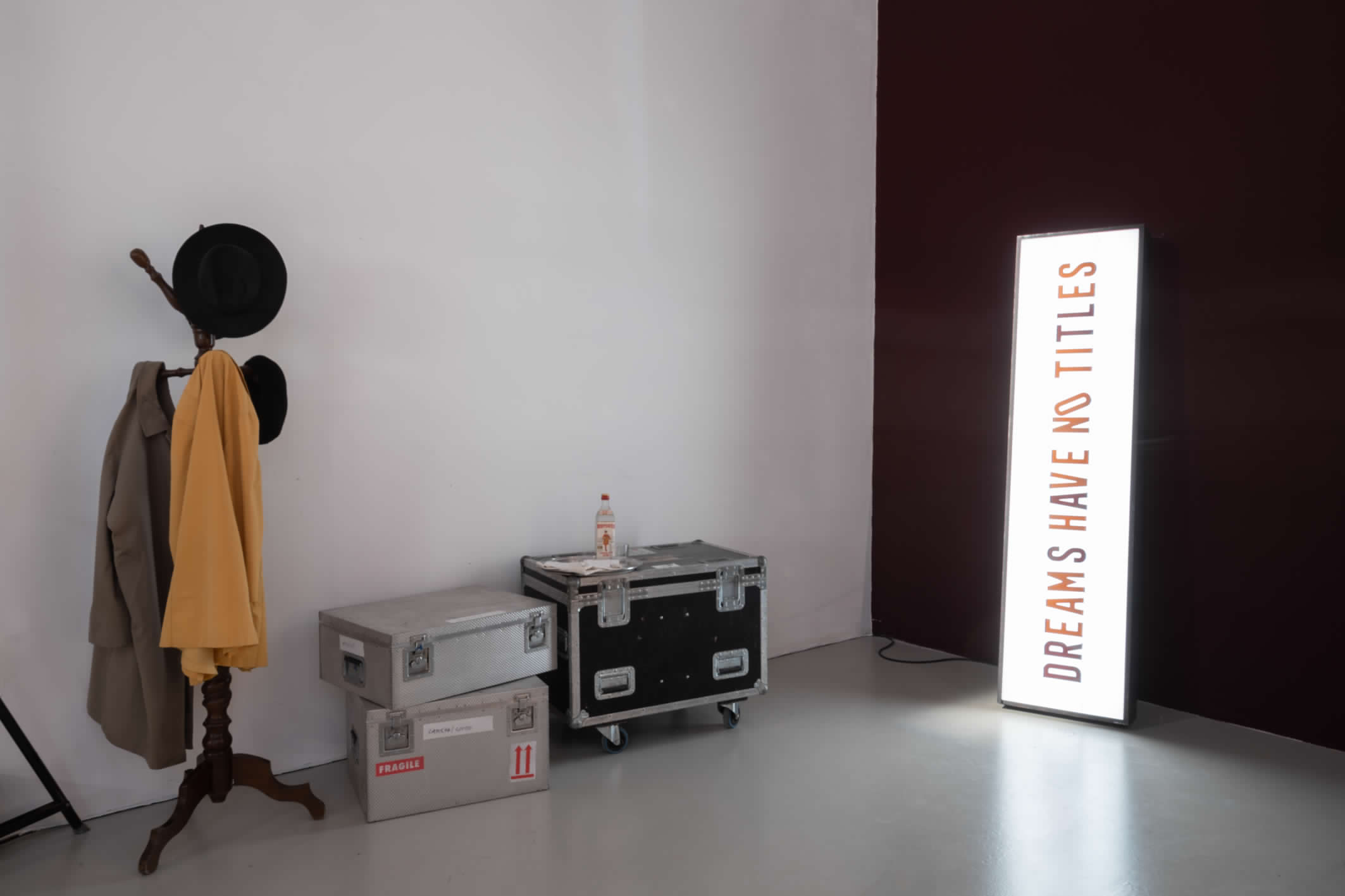
Through the tragedy, in fact, she tells the extreme gesture of a woman who turns from victim to executioner. Inspired by the iconography of Judith who beheads Holofernes or the many women who in Greek tragedy represent the destabilizing element of the male order and the bearer of an unstoppable force. Rafa decides to reveal the drama already
consummated. The film shows us a domestic environment, lit only with natural light, dominated by a pack of dogs that move nervously almost taking revenge for their previous past. The interior of the house is compared to the mental space, violated and in fact, torn apart. As if to film one of the films of the compatriot, Yorgos Lanthimos or to recall the Vanitas, the director Rafailidou, arranges fruit, game and remains of food as still lifes, recalling the transience of life and the loss of innocence.
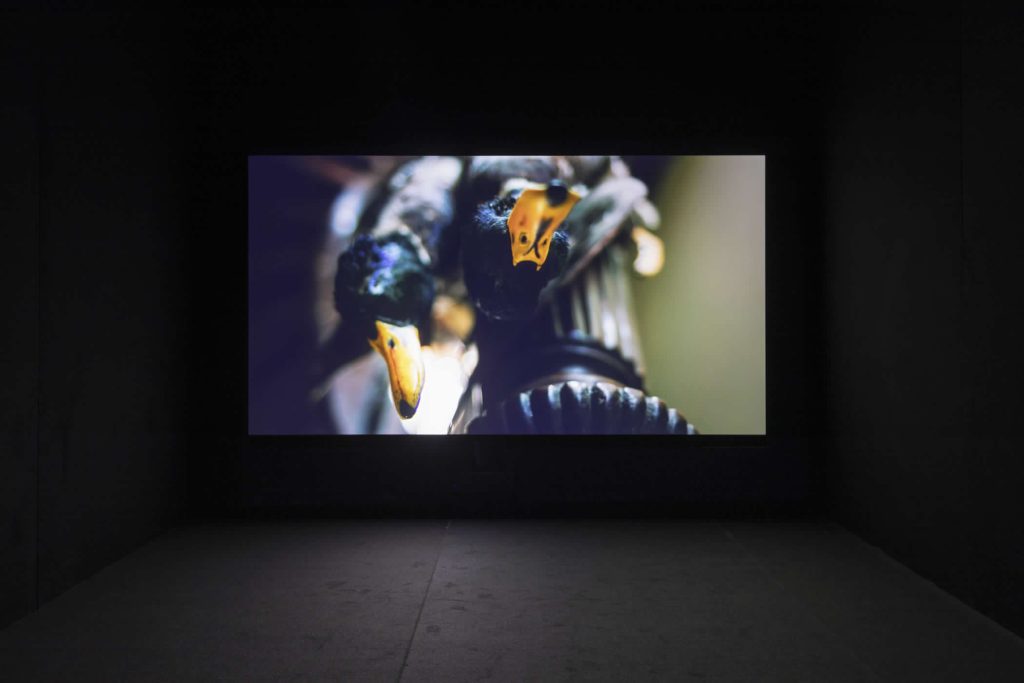
The pavilions that surprised us with the proposals were many, each with different characteristics, we would not want to stop listing the works and artists who have amazed us and asked us questions.
The list is long, but we would like to give a small focus to Hungary and Uganda, with Radiance – They Dream in Time, with the artists Acaye Kerunen and Collin Sekajugo, to Egypt, with the large maternal installation by Mohamed Shoukry, Ahmed El Shaer and Weaam El Masry and North Macedonia with the powerful installation Landscape Experience by Robert Jankuloski and Monika Moteska.
